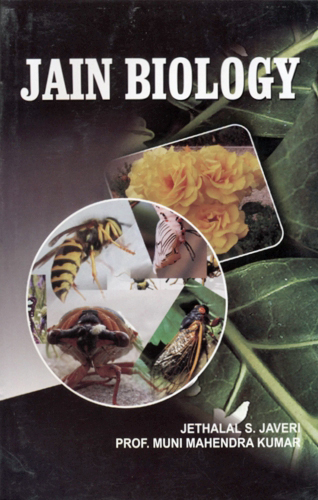Nucleic acids are perhaps the most interesting of all molecules in a living cell, because they are capable of reproducing themselves, just like any other living organism. They occur both in the nucleus as well as in the cytoplasm. They are of two kinds, Deoxyribose nucleic acid or the DNA, and Ribonucleic acid or the RNA. Both occur in the chromosomes while several kinds of RNA occur in the cytoplasm.
The chromosomes have two functions:
- They carry the genes which carry the hereditary characters from parents to offspring and
- They are involved in the synthesis of proteins (enzymes) which are required through the life of the living organisms. The entire process of protein synthesis from instruction from genetic code to assembly is carried out by these two nucleic acids.
The DNA molecule is composed of three kinds of substances,
- A live carbon sugar known as deoxyribose
- A phosphate and
- Nitrogenous bases of two kinds, purines and pyrimidines.
The purines of DNA are of two kinds - adenine and guanine, while the pyrimidines also of two kinds, cytocine and thymine. [1]
Functions of the DNA molecule:
- The Genetic Code: The DNA molecule contains all the information required to make the particular protein molecule. This information exists in the form of a code known as genetic code.
- Duplication: The molecule splits along the centre like a zip fastener and each base separates from its partner. Now there are two strands each composed of a 'back hone1 of sugar and phosphate with a number of half rungs or bases exposed to the surrounding fluid. Now each strand can gather the bases required to pair with its own (complementary bases) and then the sugar and phosphate as well. From one we can thus have two molecules. This duplication of DNA leads to the doubling of chromosomes for cell division.
The RNA molecule is regarded as a sister molecule to DNA. It differs from DNA mainly in: it is single stranded; the sugar in the upright member is a ribose and not deoxyribose; instead of thymine, it has uracil (U) which pairs with adenine; the other two bases are the same.
Functions of the RNA molecule:
- carry message from DNA
- transfer the required amino acids to the ribosome.
- to assemble the protein molecule.
Thus if the DNA is the architect making blue prints, the RNA is the contractor who builds according to the blue prints.
To imagine a DNA molecule think of a ladder. Each upright member of this ladder is made of molecules of sugar (deoxyribose) alternating with phosphate groups. The rungs, i.e., the steps connect opposite sugar groups. The rung is made of two parts which meet near the centre. These parts may be of lour kinds of bases, adenine, thymine, guanine, and cytocine or briefly, A, T, G and C. These bases can pair to form a rung in one way only viz.,
A can pair with T and vice-versa.
C can pair with G and vice-versa
A and C or G and T cannot.
Now imagine further that the ladder if twisted and you have the celebrated model of the double spiral of DNA molecule. The structure was first described by Watson, Crick and Wilkins in 1953.
 Jethalal S. Zaveri
Jethalal S. Zaveri
 Prof. Muni Mahendra Kumar
Prof. Muni Mahendra Kumar

